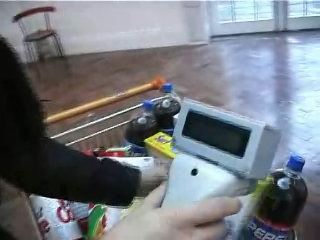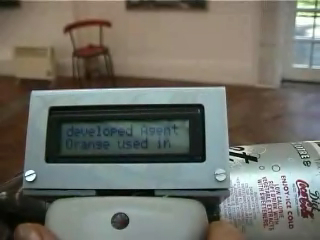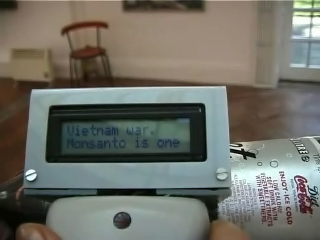Ur Scanner
“Disclosing the Urform is key in Benjamin’s utopian social theory. He writes of Ursprung (origin), Ursprungsphonomen and Urgeschichte (primal history), not in order to assert an origin that is now left behind, but so as to stress the whirls of unredeemed potential inside present forms. Benjamin combines these ideas with the Marxist intuition that the base submits possibilities that are hampered by the superstructure, the current social relations of production.Simultaneously this unredeemed potential is exposed as a repository of social and technological desires that should have been, and could yet be. Benjamin writes: ‘We are only just beginning to infer exactly what forms now lying concealed within machines will be determining for our epoch’. The future lives in the present, possibility is coiled up inside actuality. The social promises of technology are mobilised by Benjamin to herald a new epoch because they exist preformed as possibilities. The idea of ur-ness is itself both actual – the true potentials of technology and of social organisation are hindered and held back – and potential – it’s theorising is the re-interpretative strategy that allows revolutionary imagination to unfurl.” Esther Leslie
UR Scanner is a device that allows a person to scan the product barcode on any commodity to reveal social, political, environmental information about the corporation ‘behind’ the brand. Bringing the history erased by commodity production back to the product, bearing it’s marks for all to see.
My interest in this came through observing developments in network technology in supermarkets in the UK. Safeway were one company who introduced hand-held scanners that customers could use to scan there own food and go through a special ‘fast track’ till at the end.
I decided i wanted to subvert this model of how to use information technology, how could a similar technique be used, to suggest different uses of technology, and in so doing different potentials for the future.
Taking the scanner as an idea, I thought that if these devices became ubiquitous there would be ways to put them to different uses, by linking them through the internet to a different database. Now of course the mobile phone has become just such a device but even at the time the idea was technically viable, which was very important as it gave a legitmacy to the concept as a piece of Critical Design.
First prototype at MA Summer Show at the Royal College Of Art.
The second prototype was made for the Look Out exhibition in 2000, archive video will be uploaded soon.





